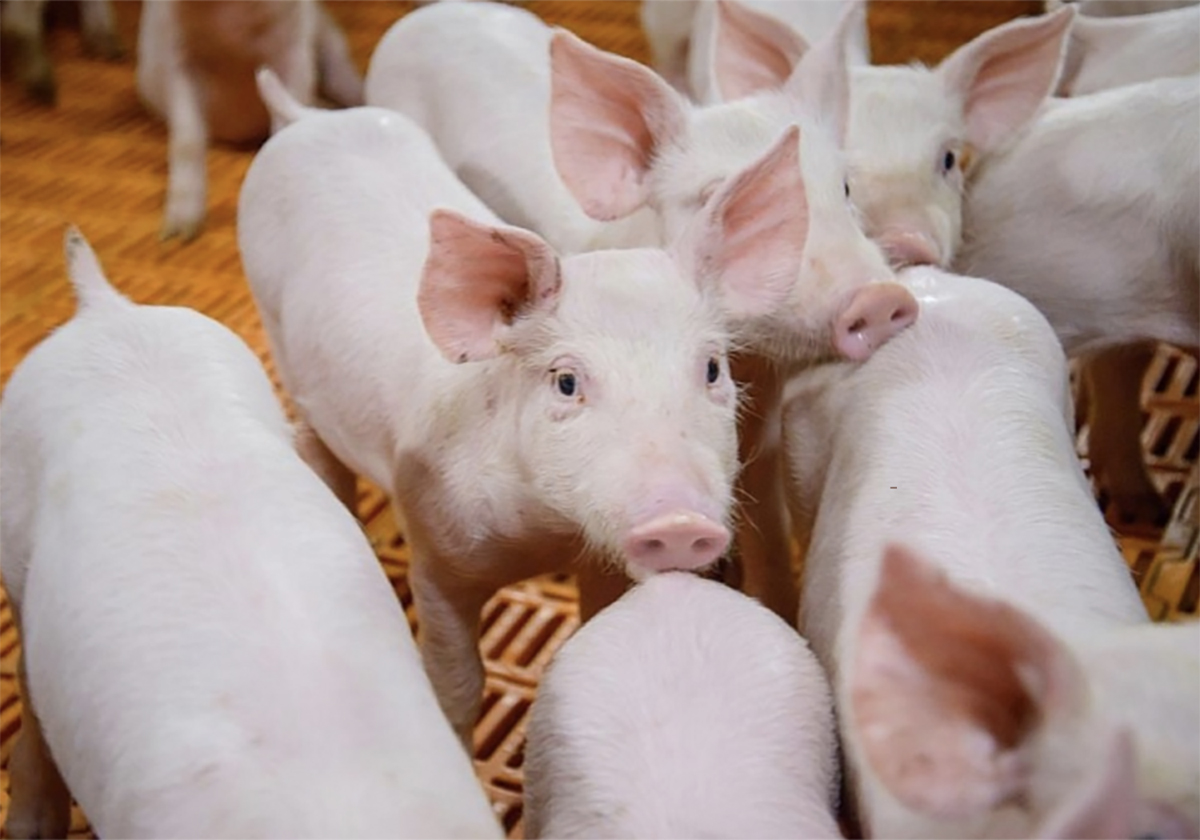KAMLOOPS, B.C. – An unusual source is helping restore land at a British Columbia copper mine.
Treated biosolids from Vancouver are being added to the land, which is regaining organic matter and becoming fit enough to grow grass and legumes.
The sterilized biosolids come from sewage sludge and contain about four percent nitrogen, two percent phosphorus and a mixture of micronutrients.
“It’s what I would call a complete fertilizer,” scientist Klaas Broesma said at the Agriculture Canada range station in Kamloops.
The Highland Valley Copper Mine at Logan Lake, 80 kilometres south of Kamloops, is one of the world’s largest copper mines. It could be closed within 10 years and the mining company wants to give it back to the province. The province wants the area returned in good condition for livestock and wildlife grazing.
Read Also

The Western Producer Livestock Report – August 28, 2025
Western Producer Livestock Report for August 28, 2025. See U.S. & Canadian hog prices, Canadian bison & lamb market data and sales insights.
Organic matter and microorganisms that normally live in more productive soil are not found in these strip-mined sites.
The sites are covered with tailings, a ground-up waste rock left from the strip-mining process. It leaves a white product that can be as fine as silt, granular or the size of boulders. The finer material can drift in the wind.
“Its like a big beach and is very hard to grow on,” Broesma said.
Biosolids were applied with a manure spreader and cultivated into the tailings to a depth of up to 20 centimetres. Application rates at the research sites were from zero to 250 tonnes per acre. Researchers have found that 20-25 tonnes per acre seems to be the most effective.
Plants are now starting to grow and organic matter is slowly being restored. Local ranches are applying the material to their pastures with good results.

















